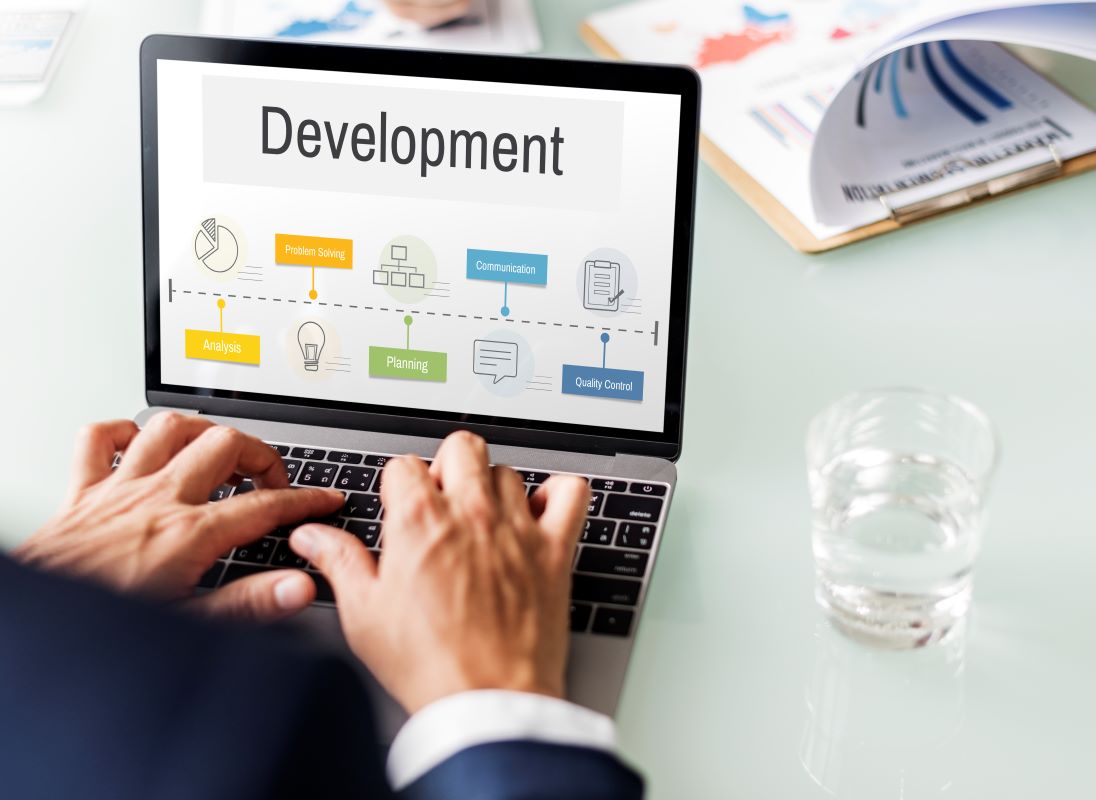Software development process models are systematic approaches used to guide and manage the development of software applications. These models outline a set of activities and tasks that need to be performed in a specific order to ensure the successful delivery of software projects. They provide a structured framework for software development teams to follow, enabling them to plan, execute, and control the development process effectively.
Different process models offer distinct methodologies and emphasize various aspects of the development lifecycle. Each model has its advantages and limitations, and organizations choose the most suitable model based on project requirements, team dynamics, and other factors.However, choosing the right process model can be challenging as each model has its own strengths and weaknesses.
In this blog, we will take a closer look at the most popular software development process models, their features, and when to use them.
Top 6 Software Development Process Models

Waterfall Model
The Waterfall Model is a sequential process model that is widely used in software development. It consists of five stages, including requirements analysis, design, implementation, testing, and maintenance. Each stage must be completed before moving on to the next one, and changes cannot be made once a stage is completed.
The Waterfall Model is best suited for projects with well-defined requirements and a stable scope. It is less effective for complex projects or projects with changing requirements.
Agile Model
The Agile Model is an iterative and incremental process model that emphasizes flexibility and collaboration. It involves breaking down the project into smaller, manageable parts called sprints. Each sprint includes planning, design, development,QA testing, and review stages.
The Agile Model is best suited for projects with dynamic requirements and changing scope. It allows for flexibility and adaptability, making it ideal for fast-paced environments.
Spiral Model
The Spiral Model is a risk-driven process model that involves continuous feedback and iteration. It consists of four stages: planning, risk analysis, engineering, and evaluation. Each stage includes a review of the previous stage, and changes can be made throughout the process.
The Spiral Model is best suited for projects with high risk and uncertainty. It allows for flexibility and continuous improvement, making it ideal for projects with evolving requirements.
V-Model
The V-Model is a variation of the Waterfall Model that emphasizes testing and verification. It involves breaking down the project into smaller stages, each of which has a corresponding testing stage. Each stage must be completed before moving on to the next one.
The V-Model is best suited for projects with a focus on testing and verification. It ensures that each stage is thoroughly tested before moving on to the next one.
Iterative Model
The Iterative Model is an incremental process model that involves building the software in small increments. Each increment includes planning, design, development, and testing stages. The final product is the result of the combination of all the increments.
The Iterative Model is best suited for projects with evolving requirements. It allows for flexibility and adaptability, making it ideal for projects with changing scope.
Prototype Model
Prototype models in software development are used to create early versions of a product or system to gather feedback and validate design decisions. These models allow stakeholders to visualize and interact with the software, providing insights into its functionality, usability, and feasibility. Prototyping models can be low-fidelity, such as paper prototypes or wireframes, or high-fidelity, including interactive prototypes with near-realistic functionality. By incorporating prototyping into the development process, teams can identify and address issues early on, minimize rework, and enhance user satisfaction. Prototyping models play a crucial role in refining and improving the final software product.
How to choose Right Software development Process Model?

When selecting a software development process model, several factors need to be considered:
Project Requirements: Evaluate the project's nature, size, complexity, and stability of requirements. For well-defined, stable projects, Waterfall or V-Model may be suitable. Agile, Spiral, or Iterative models work well for projects with changing requirements.
Project Timeline: Consider the project's timeframe. RAD, Agile, and DevOps models are ideal for projects with tight deadlines, as they emphasize rapid development and continuous delivery.
Team Collaboration: Assess the team's ability to collaborate and self-organize. Agile and Scrum models promote teamwork, frequent communication, and flexibility.
Risk Management: Evaluate the level of uncertainty and risk involved in the project. Spiral and Incremental models provide a risk-driven approach with continuous feedback and adjustment.
Customer Involvement: Determine the customer's level of involvement and the need for early feedback. Incremental and RAD models involve regular customer interactions and provide early deliverables for feedback.
Project Size: Consider the project's size and scalability requirements. Kanban and DevOps models focus on efficient workflow management and continuous integration.
Organizational Culture: Take into account the organization's culture, values, and previous experience with process models. Some models may align better with the organization's established practices.
It's important to note that process models can be tailored and combined based on specific project needs. Hybrid approaches, such as Agile-Waterfall or Scrum-Kanban, can be adopted to leverage the strengths of different models.
Final Words:
software development process models are essential for successful software development projects. They offer a structured approach that helps teams to manage complexity, maintain quality, and deliver projects on time and within budget. Choosing the right process model is critical to achieving project goals and meeting client expectations. As a software development services provider, it is essential to understand the various models and their suitability for different projects. This knowledge can help you to provide the best solutions to your clients and ensure the success of their projects. By keeping up with industry trends and constantly improving your development processes, you can stay competitive and offer exceptional software development services to your clients.


No comments yet